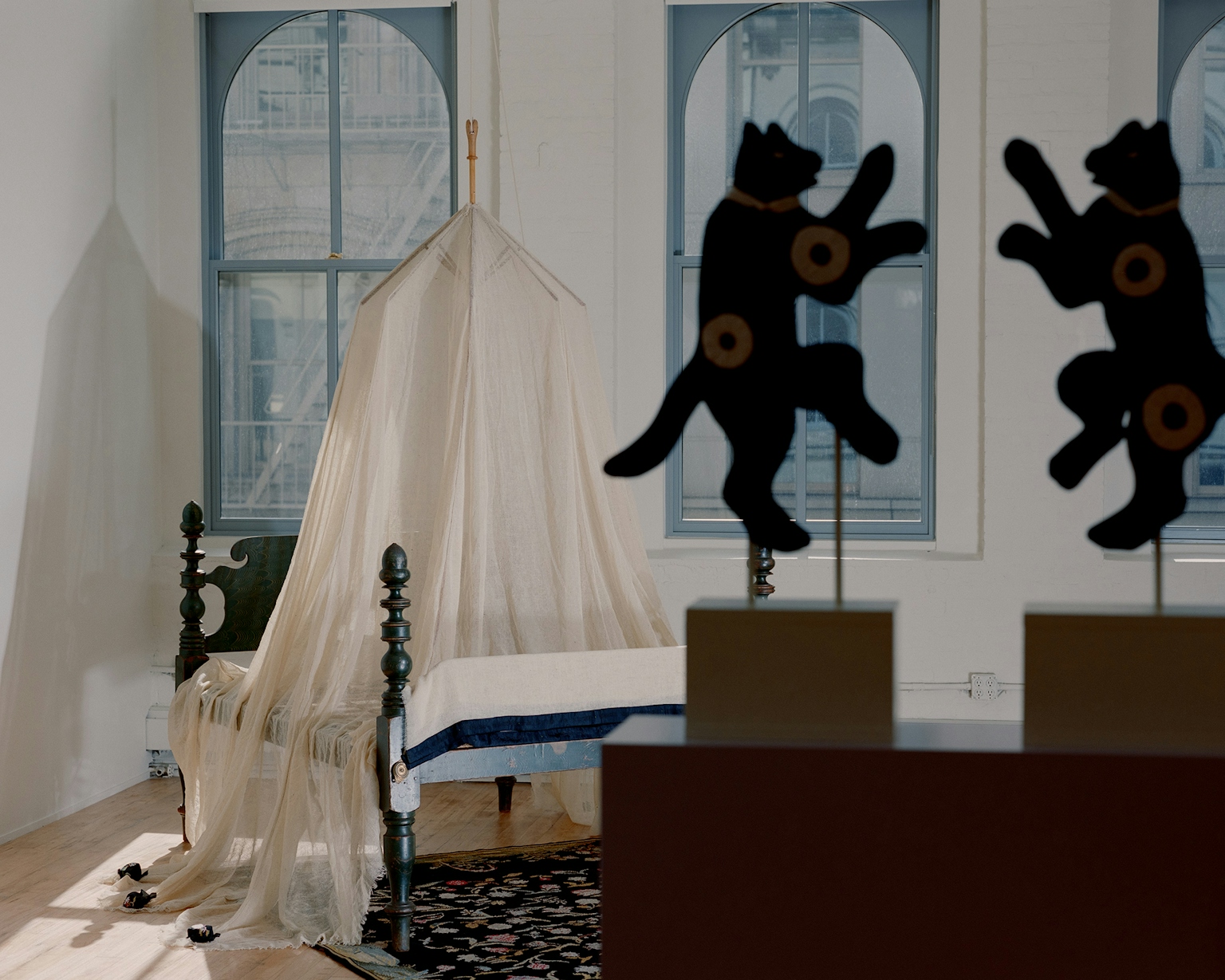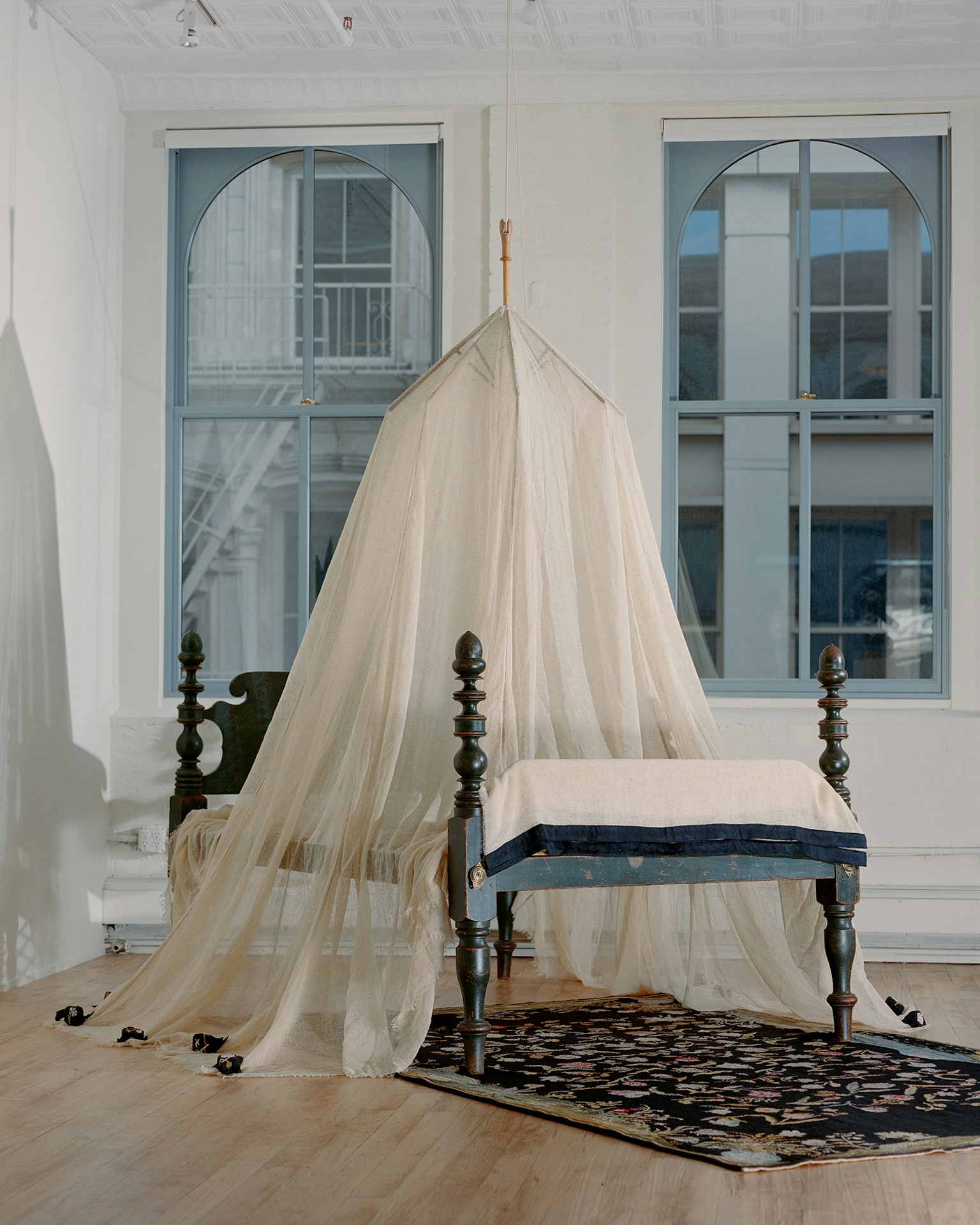 Link
LinkE.B: Where are you and how are you doing?
I.T: I’m at home in Lisbon where I’ve lived for the last eight years. I’m really happy to be back. I just spent a month in São Paulo, Brazil where I was born and where I grew up. The trip felt like a momentous, grand return after a 10 year absence, where suddenly I went back with a job. I was asked to be a part of this play-performance, which was something I’d never done.
E.B: Well welcome back! In your own words, what do you do?
I.T: It strikes me that the answer to that question really depends who’s asking it. If it’s you, Erik, and we have the context of the gallery in New York, I’d naturally answer that I'm an artist, which is true. People are usually satisfied with the mystery of that, but there are others who are absolutely not. They’ll ask ‘what kind of art?’ and then I panic and try to regain an air of mystery. My dad has a good answer to that question: “What do you do?” He’ll say: “I do what I can.”
E.B: I love that.
I.T: It’s beautiful. I felt like most of my 20s, all I could do was avoid steady employment. Now, on my tax form I qualify as two things: a “service provider” or “artist/other”. I think that that’s a very good split. The taxmen got it right.
E.B: Researching you and your work turned into a bit of a treasure hunt. Each click revealed new gestures, that while materially disparate were unified in a spirit of curiosity, intimacy and play. What does it mean for you to work in this way where materials and processes are arrived at, moved on from, and at times returned to?
I.T: Certainly curiosity and play are things I feel very connected to, but if I’m honest, for years this moving from material to material was the source of great anxiety. My interest at school was literature. Then I decided to go into illustration, and then painting ended up becoming the ostensible main thing I thought I was supposed to do, which I then avoided like the plague for years. It turned out that these smaller side projects and hobbies I’d been working on held my interest best, my core attention. That was the real stuff. It wasn't the title of the thing like Illustration or Painting. Attention itself is the copper wire that runs through all of the work. As long as I focus on that then there is this sort of circuitous nature of things. Now it feels like projects are moving at different speeds on parallel tracks. This is a fresh realization, a very freeing one. The idea that like turning away from things isn’t some kind failure, it’s actually just par for the course.
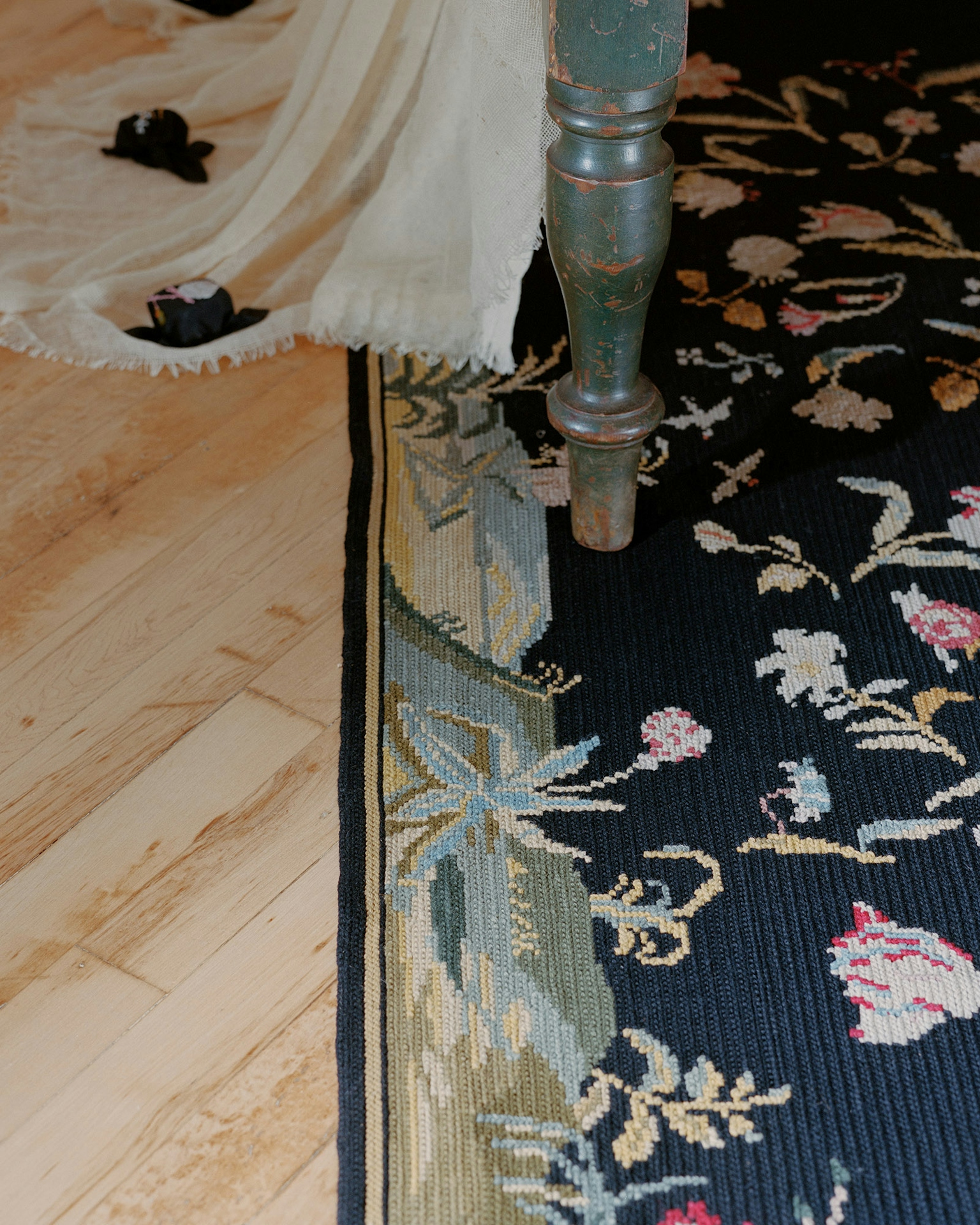
E.B: Hobbies can often be connected to the home space. How do these rhythms influence your work?
I.T: Your link between hobby and home is so poignant because my first reaction is to be like, “of course hobbies are in the home!” Surely Home is the sine qua non of the hobby. Then it occurred to me that that is not the case for hobbyist train spotters or bird watchers or fishers. For me, the main ingredient in any hobby is time, the swathes of time that we’re given between the things that we have to do. My home is a place where I’m so content just pottering about spending my time figuring things out. Most of the lip sync videos emerged as a way for me to spend my time at home. That’s why they’re videos in the kitchen, the bathroom, the living room. I think that’s where home, attention and time meet, in the hobby.
E.B: I see your practice as being as close in proximity to words and language as possible. Be they collected, dubbed, transcribed, re-performed, handwritten, embroidered, they feel foundational to your process and engagement of the world. Is there a current or past project for you that reflects this spirit in a memorable and generative way?
I.T: A project that really went ‘all in’ with words and language as a kind of prime material was my exhibition in 2021, Pick a Card, Any Card. As I mentioned before, I had this very early interest in literature at school. I’ll go back to my boxes from when I’m 16 and I’ll be like, Jesus, it’s the same thing! I have notebooks filled with little vocabulary quizzes and lists. Illustration, I see now, was a kind of attempt to stay as close to words as possible. When I lived in Berlin I had these notebooks that I would fill every morning with passages from books so I could reread them. I'm a big rereader, that's my jam, and it was without any pretense whatsoever that that was my ‘practice’, even though I was clearly practicing. I thought I was just practicing my handwriting.
When Galeria Miguel Nabinho approached me to do an exhibition, I didn’t want to exhibit the videos, because they already existed in their own homes. That’s when I was like, “I’ve got boxes full of little bits of paper of text drawings if you’re game” and bless him, he was!
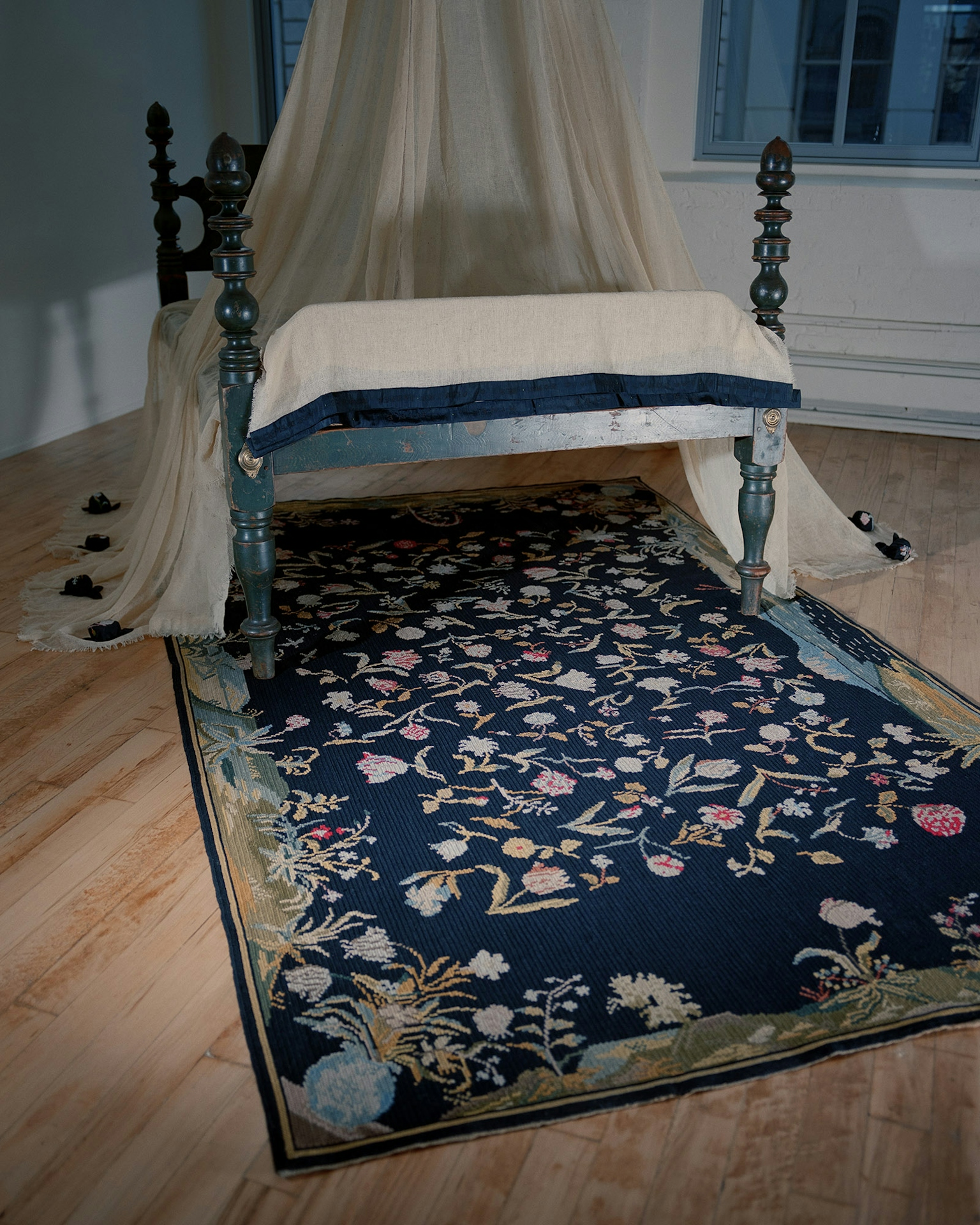
E.B: Do you consider yourself a collector of words? To me, being a collector implies the collection as a site of stewardship, of archiving, of returning to, and in your words, rereading.
I.T: This resonates in a romantic sense. If I’m being frank the instinct of taking a word is a hoarder’s instinct. It’s not as clean as collecting. I'm really grateful for Instagram of all places to help me come to terms with archiving. The ability to reread the world made me take more photos of it. As I took more photos of it, the more I became involved in the world. It became a real cycle.
E.B: My first introduction to your work was when I interviewed Grace for the inaugural show at the gallery, Substance in a Cushion. Your embroidered labels on her textiles were such a generous, quiet and powerful collaboration. What does collaboration mean for you?
I.T: I’m struck by those three words you’ve paired with collaboration: generous, quiet, powerful. For me, the generosity comes from the invitation. It was very generous for Grace to pull me into her project, and for Jacqueline to have asked me to make those extra ribbons. And then the quiet and the powerful, I really think that's the crux in all of my collaborations, I feel there’s an opportunity to really sublimate myself. I like to think about it in terms of warm and cool. My own interests are very warm, it’s still kind of got me all around it. A request that comes from outside feels really nice, cool and fresh from the start.
Specifically with Angle of Repose, Jacqueline has had a very collaborative vision. What I’ve made is not something I’d have any reason to make otherwise. It feels like patronage in a sense and involves a lot of trust.
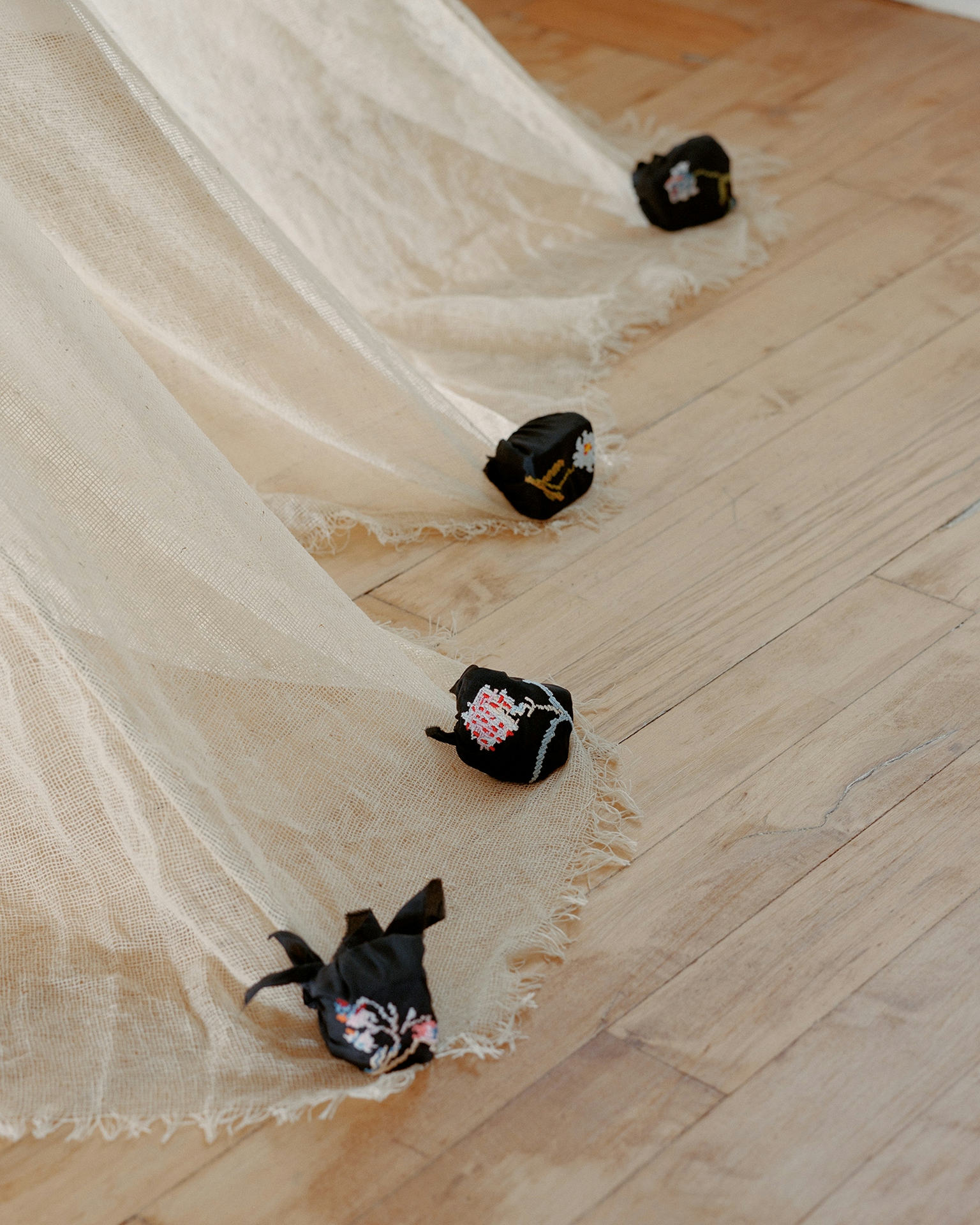
I.T: My contribution to the gallery was always going to be textile oriented. The idea of the mosquito net came first. It’s a childhood thing. Growing up in Brazil, I was absolutely eaten alive. When Jacqueline proposed Angle of Repose as the title, I realized that what I really wanted to do was to make this angled structure that could lie flat or take on a slanted form. This first element was an inverted umbrella structure, something like what we use in Brazil to kind of cover snacks. And then there was going to be this fabric that I wanted to develop in wool.
When Angle of Repose, the novel, entered the picture as a literary reference I began to think about appropriation. Stegner, it turned out, had lifted the narrative of the main character from the memoirs of Mary Hallock Foote. This appropriation became an open piece of literary gossip. Instead of Stegner simply stating that he has lifted whole passages of Foote’s letters and memoirs, there was instead this subterfuge. He writes in the acknowledgment, ‘thank you to J.M. for lending me your ancestors’. And then the question - to whom does the sentence belong to?- blew my world open. Both my undergrad and master’s thesis were about copying, so I’ve spent a lot of time asking who owns this? At what point does something, even a clause, become yours? So I went pretty deep on that research, at which point, Jacqueline reminded me that this wasn’t a Wallace Stegner exhibition.
The theme sort of came home, so to speak, when I found this rug in a flea market. It’s an Arraiolos rug, which is a traditional way of embroidering rugs in Portugal. The design was very different from anything I’d seen. The border is a landscape,the background is black, which is unusual, and then these flowers are tossed in the middle. On the back of it is a label that reads designed by T.F. These two letters reminded me of the Stegner acknowledgment, thanks to J.M. I decided that the rug had to infiltrate the design somehow.
The whole notion of an angle of repose is that something naturally comes to a rest. At home while making the piece, I was grabbing objects, like a marble banana or my Dad’s granite plastic surgery award, and using them to hold the net into place; like I couldn’t let it rest. I wanted something to hold down the completed piece, so I went out and took some Portuguese pavement stones and wrapped them in this black pongé silk which I had embroidered with motifs from the rug, my favorite flowers. It felt appropriate because of that quote that had struck me right at the beginning of Angle of Repose-
Botanists tell us that the blossom is an evolution of the leaf_ but they cannot say just why that particular bud should take from the same air and sunshine a fairer substance, a deeper color, a more permanent existence, and become something at which each passerby pauses, and goes on his way happier for the sight.
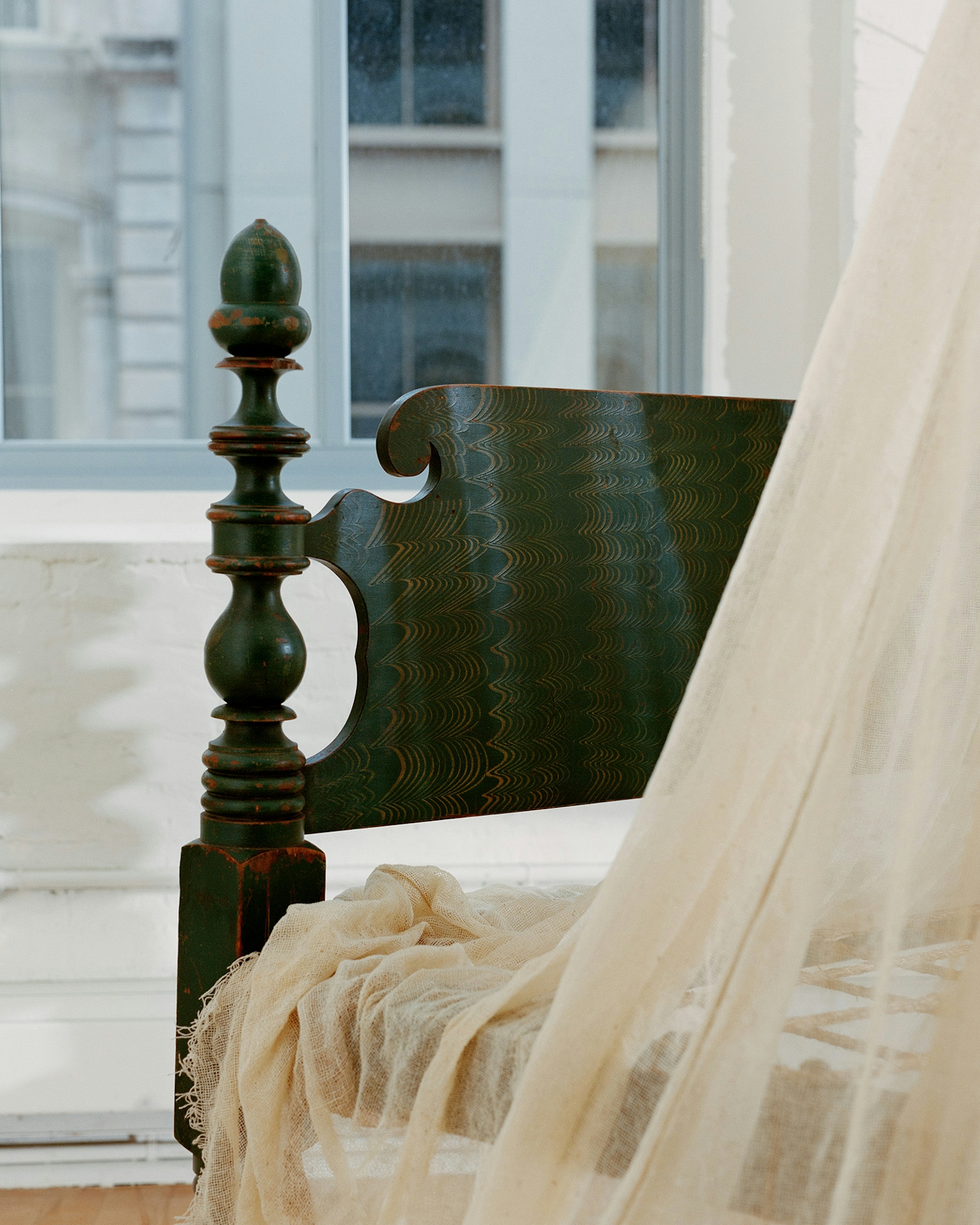
Finally, There’s the bed that Jacqueline has sourced to be installed under the net. I'm really enjoying the idea that the piece can be as functional as possible. I feel like this kind of gallery intervention, the mixing up the historical piece with the thing that I created out of the raw material of our chit chat is kind of how things end up living elsewhere. One doesn’t have full control over where it’s going to live or how it will look. So we’ve got the angle, we’ve got the translucence of the net, and some copying, and finally repose, so we’ve covered the bases.
E.B: Functionality isn’t always critical, but that’s also such a fun thing to leverage when thinking about the blending of art and design. I’m struck by how much your practice toys with, but also celebrates communication. In your work for the exhibition, how have you considered the audience as incoming readers and viewers?
I.T: The fact that JSG is a design gallery has been really great; the notions of decoration or functionality are complicated in a contemporary art setting. I feel like people who go to a design gallery are looking for something that has these qualities of functionality and the beauty and detail. When it comes to communication, I don’t want to baffle anyone. I feel like I’ve kind of failed when people are like, “what the fuck is this? This doesn’t make any sense.”
E.B: It’s nice to think about the similarities in a work that communicates effectively and a work that functions effectively. Finally, what feels important to you as a human right now?
I.T: It’s a funny question because it feels very urgent. In asking myself what the most urgent thing in my life is right now, it's that I need to pick up my dog from the dog dentist. Then I zoom out, and think about needing to finish this show, that I need to get to work. Continuity, in that sense and fulfilling my compromissos, my commitments. And then I think about the really big picture: what is important to me as a human. And Erik, I swear to God, I thought: I have to find a reliable source of drinkable water. This is the top of my ‘next thirty’ year priority list. I need to own a well that’s not going to dry.
E.B: That’s quite a scale, from dog dentist to drinkable water! But it’s all very relatable.
